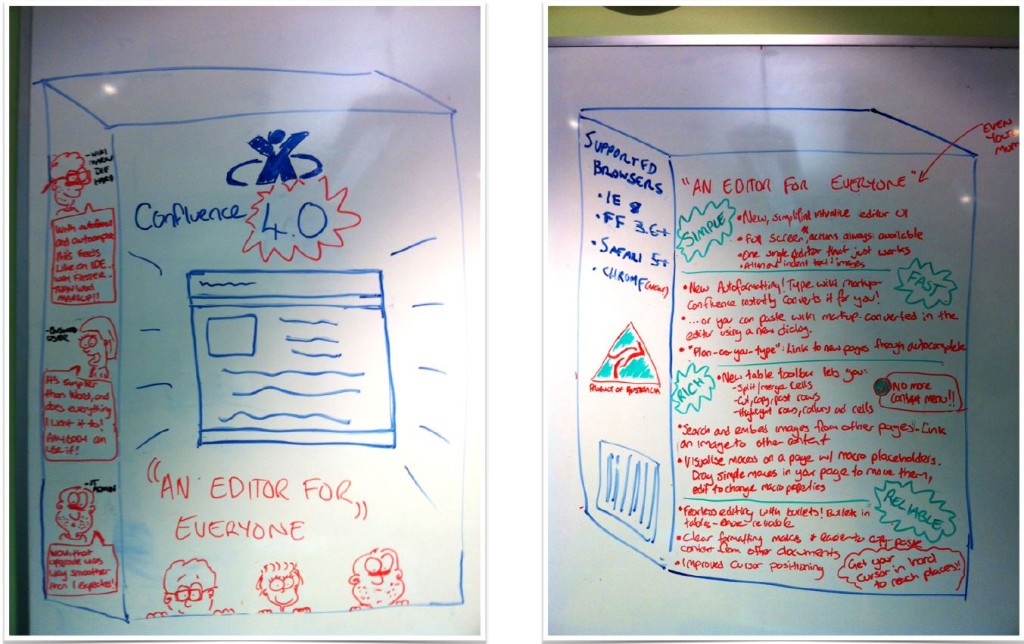Let’s start with a quote: “Sherif Mansour has 11 years of experience in software development. He is currently a Principle Product Manager for Atlassian, responsible for Confluence, a popular social collaboration tool for product teams. Areas of expertise include agile product development. Sherif thinks building simple products is hard and so is writing a simple, short bio.”
Just a few days ago Sherif has published his talk “Building the Right Thing – Lessons Learnt in Agile Product Management” from the Agile Australia 2015 conference. You can see the video and download the slides and/or an .mp3 file here. Please note, registration is required.
The talk is both entertaining and illuminating, with lots of internal examples from Atlassian, and I would encourage you to take a look. It covers three areas: defining problems, building solutions, and getting feedback. Below are some take-aways.
Defining the problem
Sherif advocates to use personas extensively, both user personas and buyer personas. In his experience, use of personas allows Atlassian to:
- focus the roadmap and development
- create better user experiences
- improve Atlassian’s marketing
Personas are based on customer interviews, and Sherif is introducing a concept of a customer interview pyramid that has (from bottom to top) the following layers:
- communicate observations
- interpret problems
- connect opportunities
More information about the pyramid can be found here.
Sherif has an “agile toolbox” with these tools:
- prototypes
- analytics
- videos, talks and interviews
- surveys
- journey maps
- requirements documents (although his team tries not to have user requirements documents!)
He describes in detail how journey maps allow his team to understand how a new or improved feature fits into the user’s experience and the danger of friction that may happen if the feature is looked at in isolation.
Building the solution
In this part of the presentation Sherif starts with discussing the domino effect that happens when a new feature is introduced without a good analysis of what changes it will necessitate in other parts of the software.
I particularly like their tool called “Build a box exercise”. Quite early on, they mock-up an imaginary box in which their software would be sold if it was available on DVD. Here is an example (click image to see a larger version):
Another insight is “assume you don’t have release notes”. This approach, in Sherif’s experience, allows them to build better products because efforts required for creating user documentation are directed at improving the product backlog.
Getting feedback
The key take-aways here are the need to reduce or eliminate friction for respondents in the process of getting feedback and using mock-ups (basically images) instead of a working prototype. Sherif”s advice: “Fake it ’till you make it”.
In his talk Sherif also makes a reference to his older presentation “Building Effective Customer Feedback Loops” available on YouTube.

